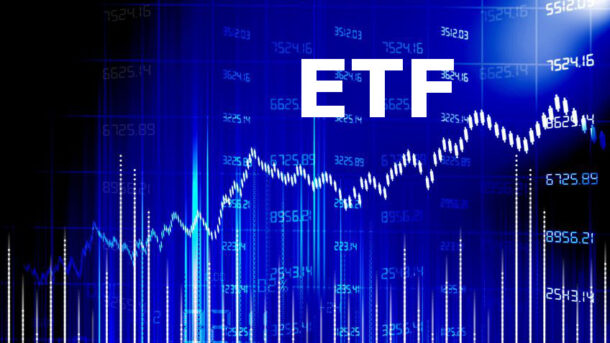In Kenya’s financial realm, Exchange Traded Funds (ETFs) have emerged as a dynamic investment avenue, and the Capital Markets Authority (CMA) sheds light on who can take the helm as an ETF issuer. The ETF Policy Note (PGN) serves as a compass, outlining the regulatory framework and providing guidance for prospective issuers.
Inclusivity in Issuance:
The defining feature of ETF issuance in Kenya lies in its inclusivity. The regulatory landscape allows any legal person to venture into ETF issuance. This broad classification encompasses a spectrum of entities, ranging from investment banks and fund managers to competent individuals. The flexibility in the definition of the issuer encourages diversity and innovation in the ETF market.
Investment Banks: Pioneers in ETF Creation:
Among the array of potential issuers, investment banks stand out as key players. Their financial acumen and infrastructure equip them to navigate the intricacies of ETF creation and management. Investment banks bring a wealth of experience to the table, leveraging their understanding of market dynamics to craft ETFs tailored to meet investor needs.
Fund Managers: Stewards of ETF Portfolios:
Fund managers also find themselves at the forefront of ETF issuance. With expertise in managing investment portfolios, fund managers play a crucial role in designing ETFs that align with market trends and investor preferences. Their proficiency in asset management adds a layer of professionalism to the ETF landscape.
Competent Individuals: Driving Innovation:
In a notable departure from conventional norms, competent individuals are empowered to issue ETFs. This democratization of ETF issuance opens the door for innovation from individual experts who possess the requisite skills and knowledge to navigate the complexities of the financial landscape.
The Listing Process Unveiled:
Embarking on the journey of ETF issuance involves a structured listing process, as outlined by the CMA. This process encompasses several key stages:
Approval to List:
- ETF issuers must seek approval from the CMA to list their funds on the Nairobi Securities Exchange (NSE).
- Compliance with the NSE listing and trading rules, along with ongoing disclosure requirements, is imperative.
Parties Involved:
- The ETF listing process involves multiple stakeholders, including the issuer, market maker, trustees, and the NSE itself.
ETF Structure:
- The structural intricacies of the ETF, including its type, constituent assets, and creation/redemption process, must be clearly defined in the information memorandum.
Clearing and Settlement of Trades:
- ETF units are subject to clearing and settlement through an approved Central Securities Depository, ensuring a streamlined and transparent process.
Delisting and Winding Up:
- In cases where delisting or winding up becomes necessary, the process should be based on the ETF’s Net Asset Value (NAV) and clearly outlined in the Trust Deed.
Navigating the ETF landscape in Kenya is a collaborative effort, with issuers, regulators, and market participants working in tandem to foster a vibrant and inclusive investment environment. For detailed insights into the regulatory aspects of ETFs in Kenya, interested parties are encouraged to reach out to the Nairobi Securities Exchange (NSE) or visit www.nse.co.ke.




